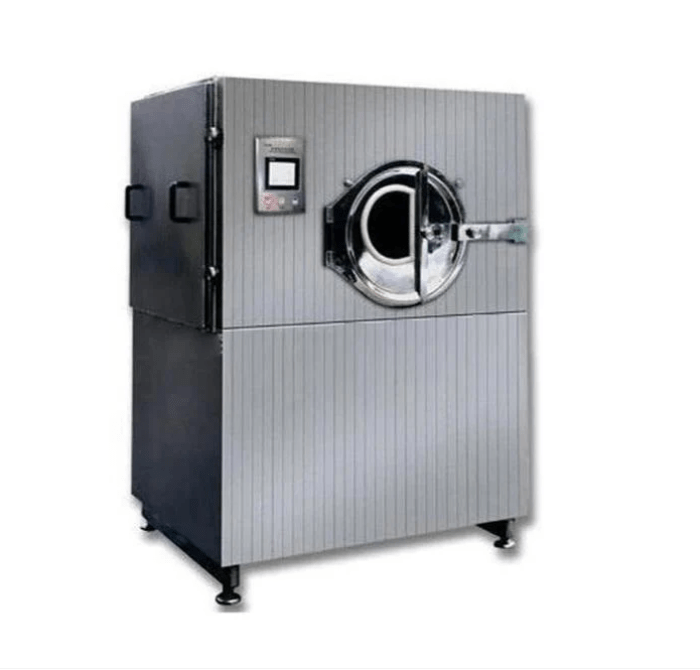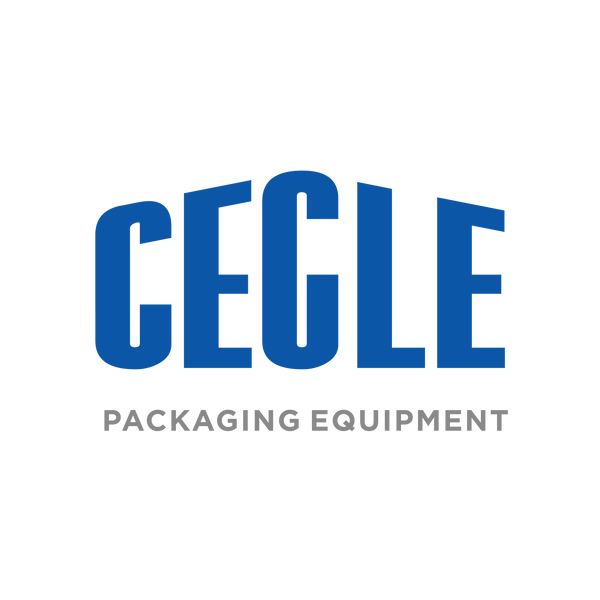
Understanding the Basics of Tablet Coating Machines
Share
In the pharmaceutical industry, the process of coating tablets is not just about aesthetics; it's a critical step that ensures drug efficacy, patient compliance, and sometimes even targeted delivery. This blog post delves into the fundamentals of tablet coating machines, exploring their types, functions, and significance in modern drug manufacturing.
What is a Tablet Coating Machine?
A tablet coating machine, also known as a pan coater or drum coater, is a specialized piece of equipment designed to apply a uniform layer of coating material onto solid dosage forms like tablets, pellets, and capsules. The coating can serve various purposes, from improving taste and appearance to protecting the active ingredients from degradation and controlling drug release rates.
Types of Tablet Coating Machines
-
Pan Coaters: These are the traditional type, consisting of a rotating drum where the tablets tumble and mix with the coating solution. They are suitable for small-scale production due to their limited capacity but offer excellent control over the coating process.
-
Perforated Pan Coaters: An evolution of the standard pan coater, these have perforations on the drum to allow excess coating solution to drain away, ensuring more efficient use of coating materials.
-
Fluid Bed Coaters (Wurster Process): In this method, tablets are suspended in an air stream within a fluidized bed, allowing for rapid and uniform coating application. It's highly efficient for large-scale operations and minimizes product loss.
-
Spray Coaters: These machines utilize spray nozzles to apply the coating solution onto the tablets as they move through the machine. They can be part of larger, automated production lines and are ideal for high-speed coating needs.
-
Rotary Tablet Coaters: Similar to pan coaters but with a continuous rotation mechanism, these are designed for gentle handling of fragile tablets or those requiring delicate coating applications.
Key Components of a Tablet Coating Machine
- Coating Chamber: Where the actual coating takes place.
- Heating System: Ensures optimal drying conditions for the coating.
- Control System: Manages parameters like temperature, humidity, and airflow to maintain consistent coating quality.
- Spray Nozzle/System: For applying the coating solution uniformly.
- Air Handling Unit: Regulates air circulation and filtration to prevent contamination.
The Coating Process
- Preparation: Tablets are loaded into the machine and preheated if necessary.
- Application: The coating solution is sprayed onto the tumbling tablets, which may involve multiple cycles for even coverage.
- Drying: Heat is applied to evaporate solvents and set the coating.
- Cooling: To prevent sticking and ensure stability, coated tablets are cooled before discharge.
- Discharge: The finished coated tablets are collected for further processing or packaging.
Importance of Tablet Coating
- Taste Masking: Many drugs have unpleasant tastes; coating helps make them more palatable.
- Drug Release Control: Coatings can modify the release profile of drugs, enabling sustained release or targeting specific areas in the body.
- Protection: Shields the active ingredients from light, moisture, or oxygen, extending shelf life.
- Identification: Different colors or patterns can distinguish between doses or indicate special instructions.
Conclusion
Understanding the basics of tablet coating machines is crucial for anyone involved in pharmaceutical manufacturing or research. With advancements in technology, these machines continue to evolve, offering more precise control over the coating process and opening up new possibilities in drug delivery systems. Whether you're a seasoned professional or just starting out in the field, staying informed about these essential tools will undoubtedly contribute to your success in creating effective and patient-friendly medications.
Remember, every tablet that passes through a coating machine carries not just medicine but also innovation and care—a testament to humanity's ongoing quest for better health solutions.

